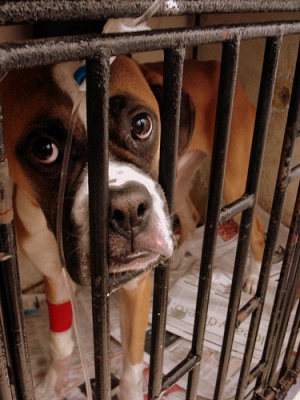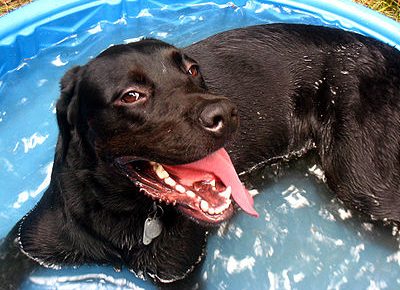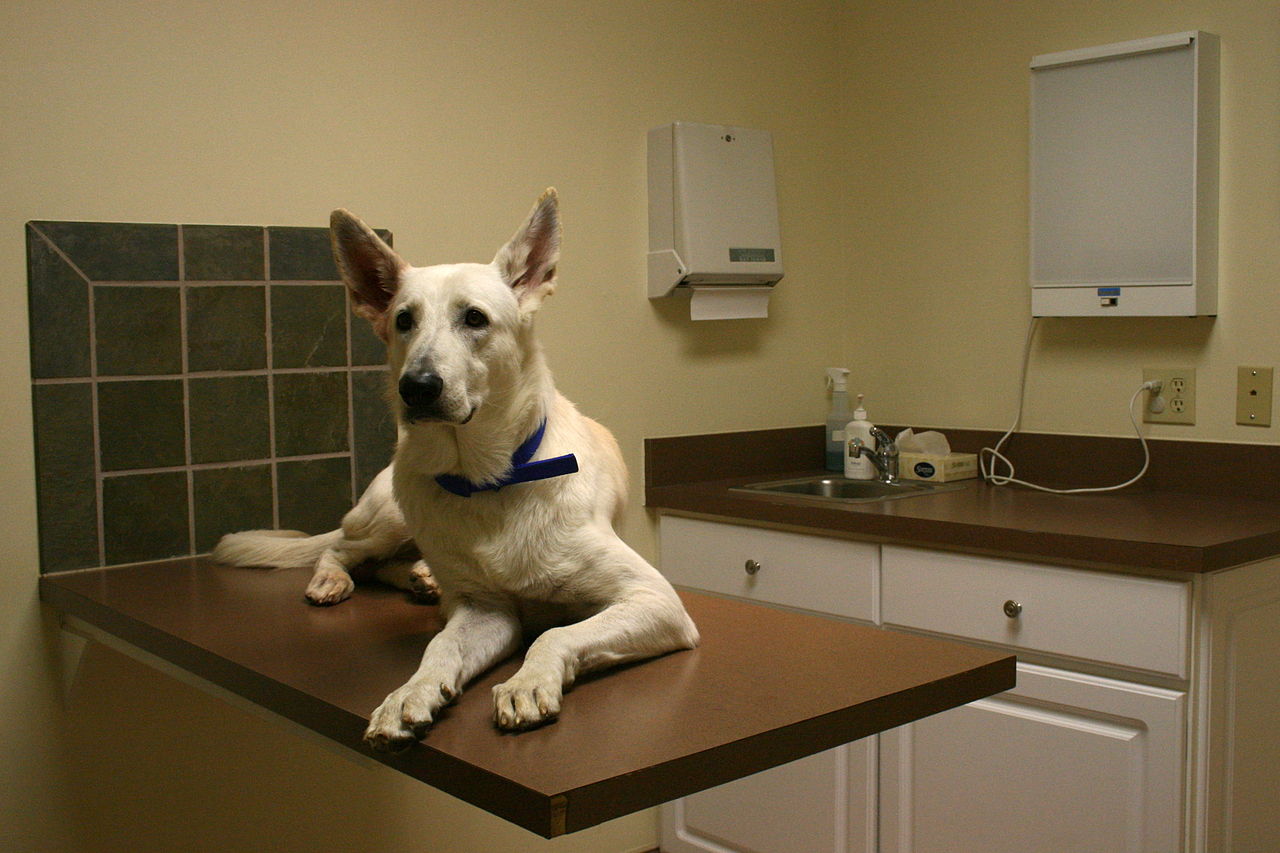
The Trigeminal Nerve is the 5th cranial nerve (or CNV) controlling sensation in the face and motor funtions such as biting and chewing.
The Trigeminal Nerve (tri-3, geminis-twin, thrice twined) has three major branches, the opthalmic nerve, the maxillary nerve and the mandibular nerve.
The opthalmic nerve transmits information to the upper eyelid, the conjuctiva and cornea of the eye, the nose, frontal sinuses and more.
The maxillary nerve sends information to the lower eyelid, cheek, upper lip, upper teeth and gums, the palate, the roof of the pharynx and more.
The mandibular nerve carries information to the lower lip, lower teeth and gums, the chin and jaw, parts of the external ear and more.
Trigeminal Neuritis can occur in both dogs and cats, but it is much more common in dogs. It is sometimes called mandibular paralysis.
Symptoms can be the inability of one or both eyes to blink, paralysis of mouth muscles causing the mouth to hang open (paralysis is possible on one side of the mouth), drooling, inability to eat or drink properly.
Diagnosis includes a neurological examination and x-rays. A CAT scan or MRI may be ordered as further diagnostic testing.
Treatment involves assisting the dog to eat and drink if s/he is unable to do so alone. If the dog is not getting enough food, syringe feeding may be necessary or a feeding tube required. Anti-inflammatory drugs are sometimes prescribed.
The cause of Trigeminal Neuritis is idiopathic (unknown). Usually the dog recovers on its own in 2-3 weeks, sometimes longer, even 10 weeks. It is rarely a permanent condition.



